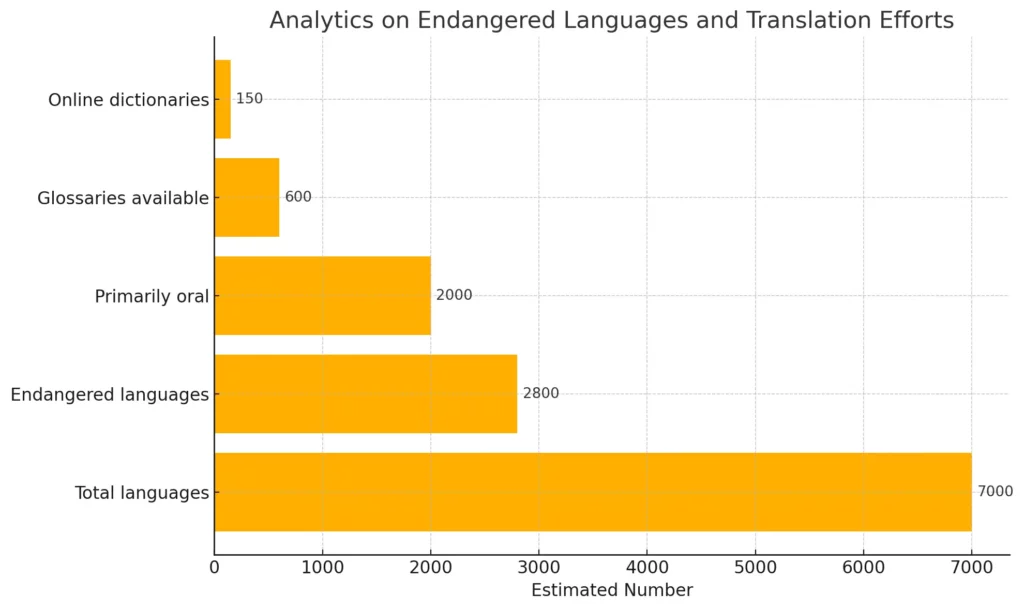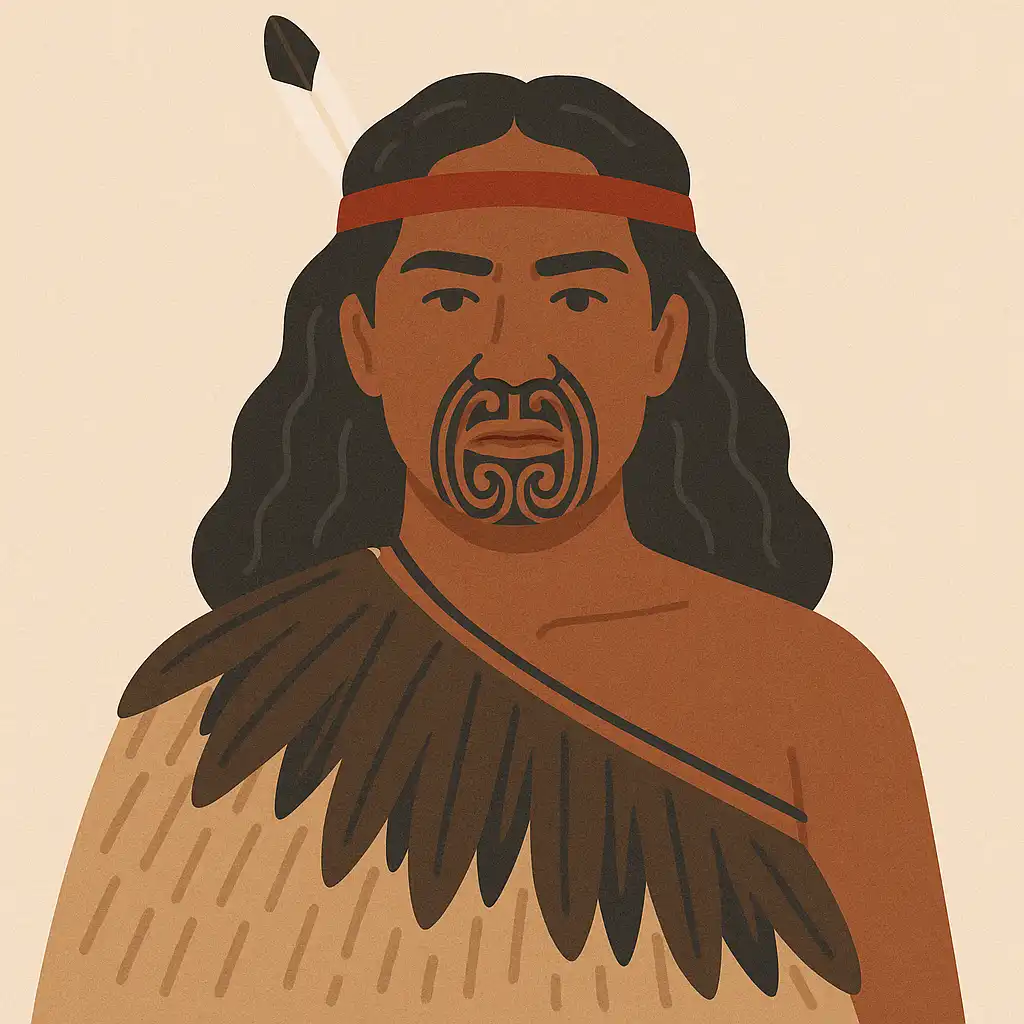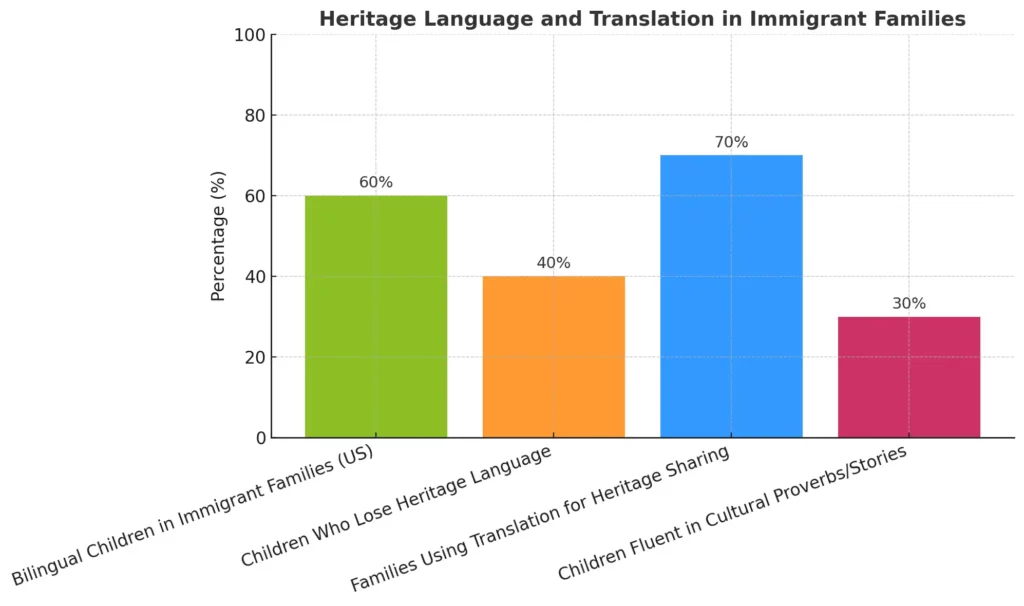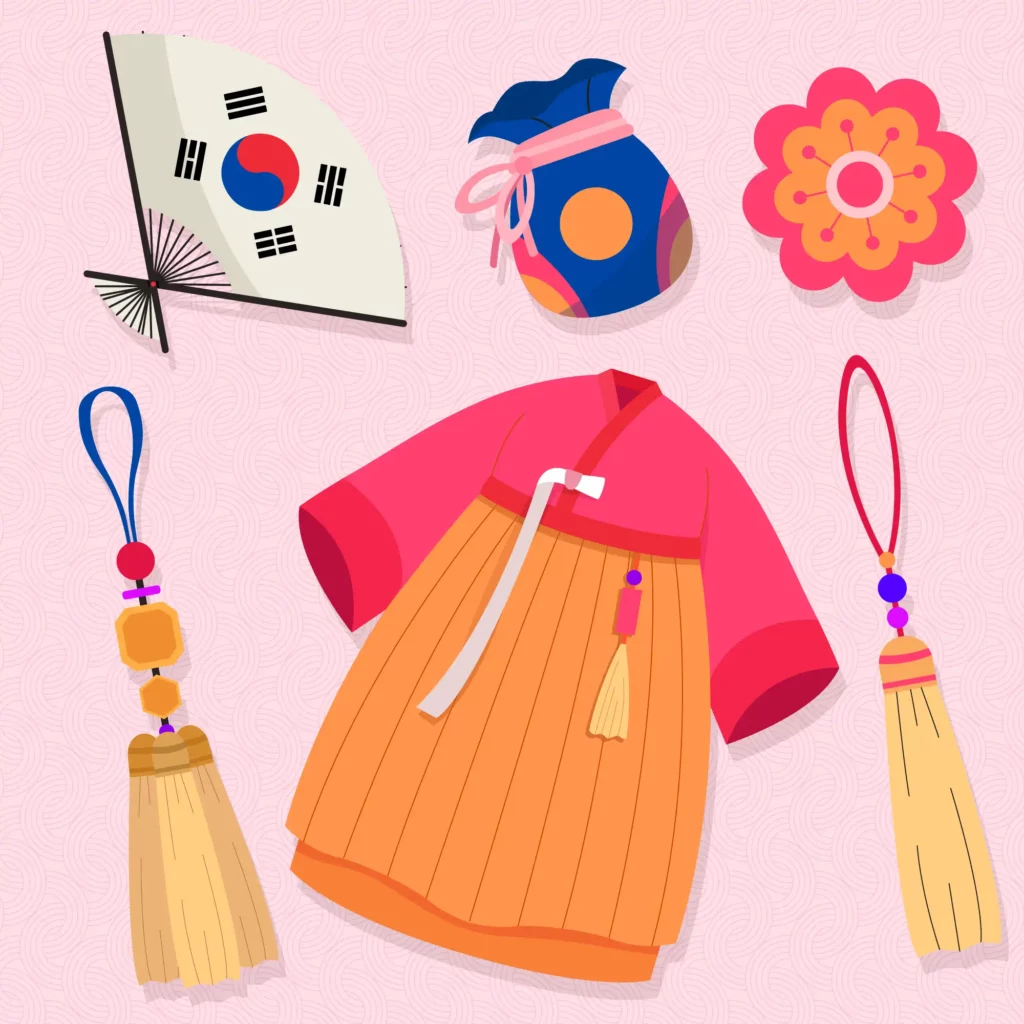In today’s fast-changing, interconnected world, languages and cultures are fading at an alarming rate. As digital media, global commerce, and migration reshape how we communicate, the role of translation in preserving cultural identity has never been more important.
Translation contributes to cultural preservation by carrying local stories, expressions, and knowledge across time and space without erasing their unique identity.
When done well, translation does more than convert words—it protects heritage, deepens understanding, and ensures that no voice is lost in the noise of globalization.
Translation: A Living Archive of Culture
Translation acts as a bridge between generations, communities, and civilizations. Without it, many traditions, texts, and forms of wisdom would remain inaccessible—or disappear entirely.
For instance, when ancient Greek philosophical works were translated into Arabic and later into Latin, they shaped European Renaissance thinking. Similarly, Buddhist scriptures, originally written in Pali or Sanskrit, reached East Asia through centuries of careful translation.
“Every translation is an interpretation,” says cultural linguist Dr. Hana Basha. “But when done with respect and context, it’s also a form of cultural preservation.”

Professional translators and linguists now collaborate with anthropologists and native speakers to build glossaries of endangered terms, translate oral myths into books, and create bilingual dictionaries. For example, the Living Tongues Institute has created over 150 online dictionaries for endangered languages, most of which include translated cultural content.
The act of translation becomes a form of cultural stewardship—safeguarding not only what is said, but how it is said.
How Does Translation Keep Languages Alive?
Translation can slow or even reverse the erosion of minority languages. It offers visibility to smaller linguistic communities by integrating their voices into global media, literature, and scholarship.
UNESCO estimates that one language vanishes every two weeks. However, when local texts, oral histories, or educational content are translated and shared across cultures, they breathe new life into languages that might otherwise go extinct.

Consider New Zealand’s commitment to reviving the Maori language. By translating government services, media, and educational resources into Maori, the country has not only increased usage but also reinforced the language’s role in public life.
Similar efforts can be seen in Wales, where Welsh is used in signage, schools, and even Netflix subtitles. Translation tools have made Welsh-language novels, songs, and folklore accessible to English-speaking audiences, increasing awareness and appreciation.

In a general rule, when speakers see their language reflected in official or creative domains, they are more likely to maintain and transmit it. Translation, therefore, becomes an empowering act.
How Does Translation Help Share Local Knowledge Globally?
🌿 Indigenous Knowledge & Climate Solutions
Local knowledge often holds solutions to global challenges—from climate adaptation strategies to sustainable agriculture. Yet without translation, such knowledge remains isolated.
For example, Arctic indigenous communities have centuries of environmental data embedded in their language. Translating this knowledge into English allows researchers and policymakers to better understand climate change.
According to a 2022 report by the International Work Group for Indigenous Affairs (IWGIA), more than 3,000 climate-related initiatives have drawn on traditional knowledge. Translation played a key role in over 70% of them.
🌎 Preserving Worldviews Through Language
Translation not only makes this information accessible but also preserves the original speaker’s worldview. “When we translate native terms without replacing them,” notes anthropologist Carla Mendez, “we protect how communities see and interact with the world.”
🧬 Traditional Medicine & Sustainable Practices
Other practical examples include the translation of Chinese traditional medicine texts, allowing global access to centuries-old healing practices. Similarly, indigenous Amazonian tribes have had their agricultural techniques translated to support reforestation programs in Southeast Asia.
How Can Translation Support Identity and Belonging?
🏠 Maintaining Roots in New Lands
For diasporic and immigrant communities, translation is vital in maintaining a sense of belonging. It helps individuals navigate life in a new environment while staying connected to their roots.
👶 Bridging Generations Through Heritage
Children of immigrants often grow up balancing two languages. Translating family stories, religious texts, or cultural proverbs enables them to access their heritage even if they are not fluent in the native tongue.

🌐 Language Access for Global Citizens

On average, over 280 million people today live outside their country of birth. For many, bilingual materials in healthcare, education, and media are essential not just for communication, but for emotional well-being.
🧵 Community-Led Cultural Preservation
Community-driven translation projects the Translation Commons platform, allow speakers to translate culturally important materials such as fairy tales, folk songs, and ancestral wisdom into their mother tongue.
Translation in these contexts helps bridge generational gaps and foster intergenerational identity. It becomes more than a technical task—it’s a cultural lifeline.. It becomes more than a technical task—it’s a cultural lifeline.
What Is the Role of Human Translators in Preserving Culture?
In an age of AI, machine translation offers speed and reach. However, cultural preservation often demands nuance, empathy, and lived experience—qualities that only human translators provide.
Automated tools may miss context, idioms, or symbolic meanings. A machine might translate “break bread” literally, losing its deeper connotation of sharing and unity.
As a general rule, human translators approach texts as storytellers and guardians. They understand cultural subtext, historical resonance, and emotional tone. These are essential when translating literature, film, poetry, and traditional songs.
Translation also includes deciding what not to translate—preserving certain terms, names, or expressions to retain cultural authenticity. This decision requires cultural fluency that machines can’t yet replicate.

For instance, terms like “hanbok” (traditional Korean dress) or “feng shui” (Chinese geomantic practice) are often left untranslated to preserve their rich cultural meanings.
Translator’s role is evolving. They are no longer just language specialists, but cultural ambassadors, content strategists, and educators.
Translation is not simply about converting meaning from one language to another. It is about nurturing diversity, protecting identity, and sharing knowledge. It shapes how future generations will understand and value the cultures that came before them.
At [Your Company Name], we are proud to contribute to this mission. Our team of experienced translators goes beyond words to capture the cultural essence behind each message. From safeguarding indigenous knowledge to ensuring immigrant communities stay connected to their heritage, we believe that every translation is an act of cultural care. Through accurate, respectful, and context-rich translation services, we help our clients preserve what matters most: their voice, their identity, and their culture.
